Слайд 2Influence of the Industrial revolution
Rise of factory system
Development of machine tools
Iron, glass

and steel production
Sustained growth of income and population
New societal structure and relations
Urbanization
Слайд 3Crystal Palace, Sir Joseph Paxton, 1851
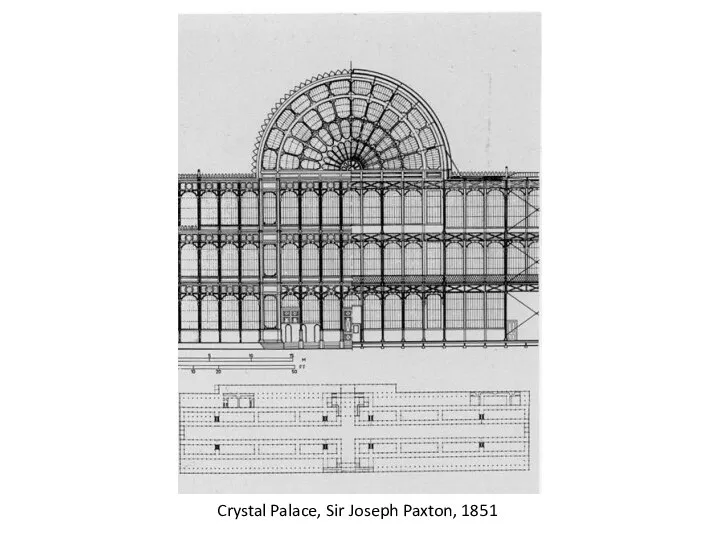
Слайд 4Crystal Palace, The Great Exhibition opening

Слайд 5Eclecticism as a new way of understanding ‘creativity’
The Architect’s dream, Thomas Cole,
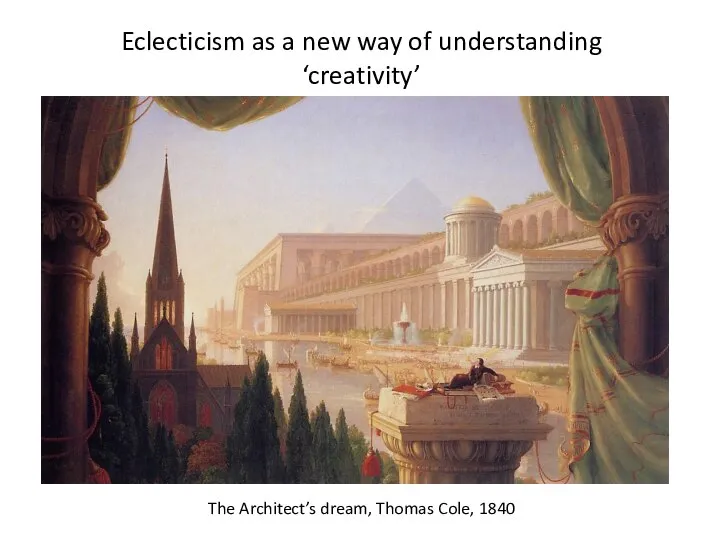
1840
Слайд 6The main types of buildings:
Profitable houses
Theatres
Banks
Museums
Trading passages
Libraries
Railway stations
Educational facilities
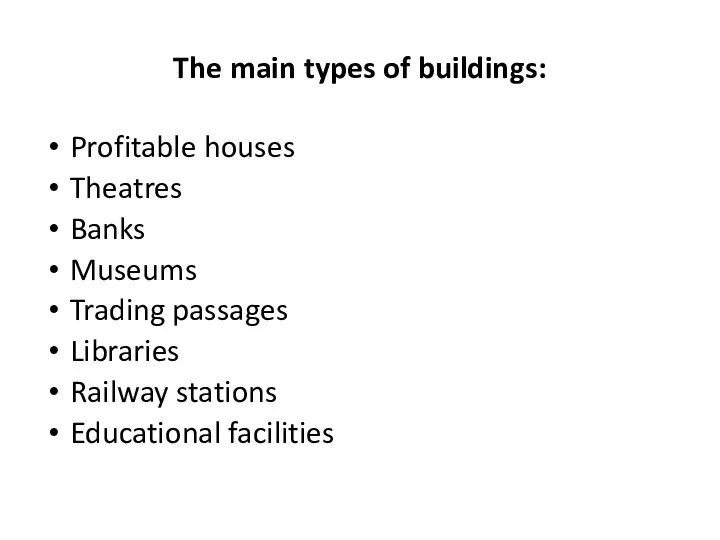
Слайд 7Neo-Greek (Greek revival)
The British Museum, Robert Smirke
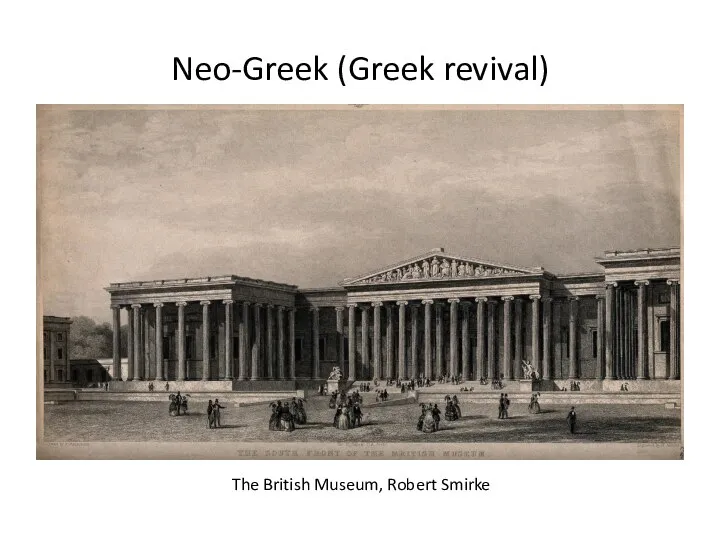
Слайд 8Distinctive features:
Flat walls
Geometrical strictness of forms
Reproduction of classic Greek monuments
Colonnade
Order decoration
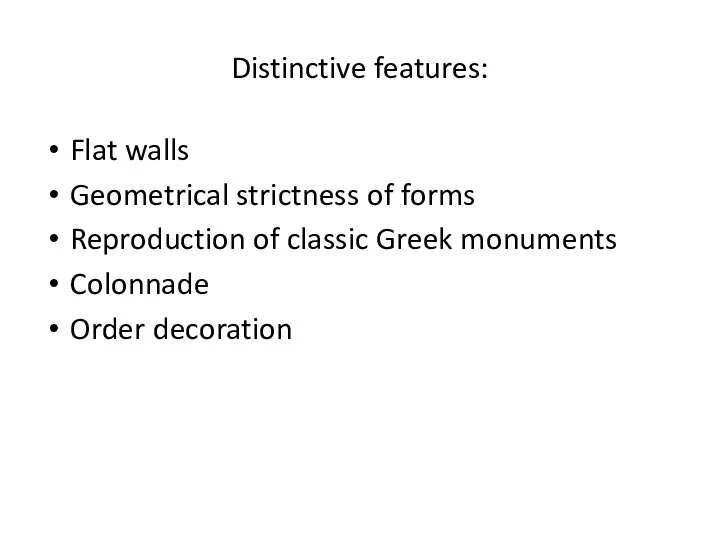
Слайд 9Neo-Renaissance
Gallery of Vittorio Emanuele II, Giuseppe Mengoni, Milan
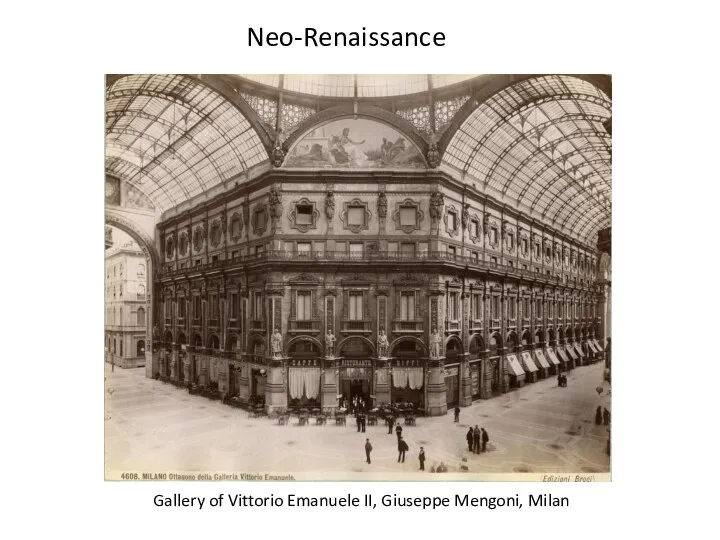
Слайд 10Details of the Renaissance style overlapped on the elevations of the buildings
Large
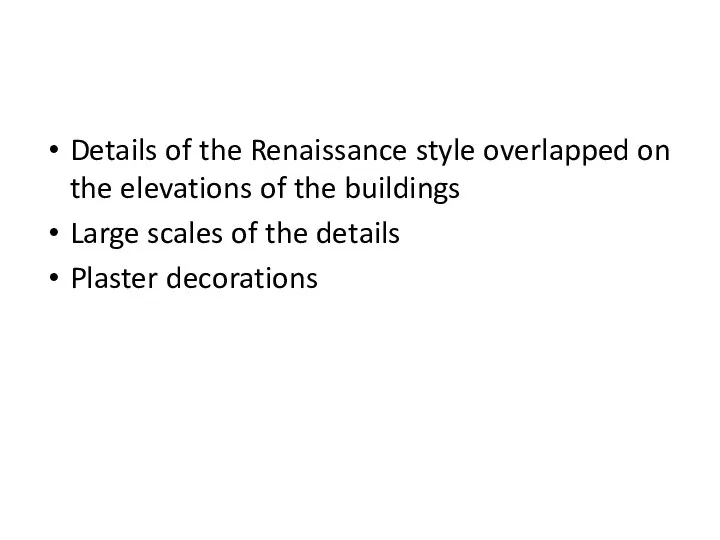
scales of the details
Plaster decorations
Слайд 11Neo-Baroque (Beaux-Arts)
Longchamp Palace, Marseille, Henri Jacques Esperandieu
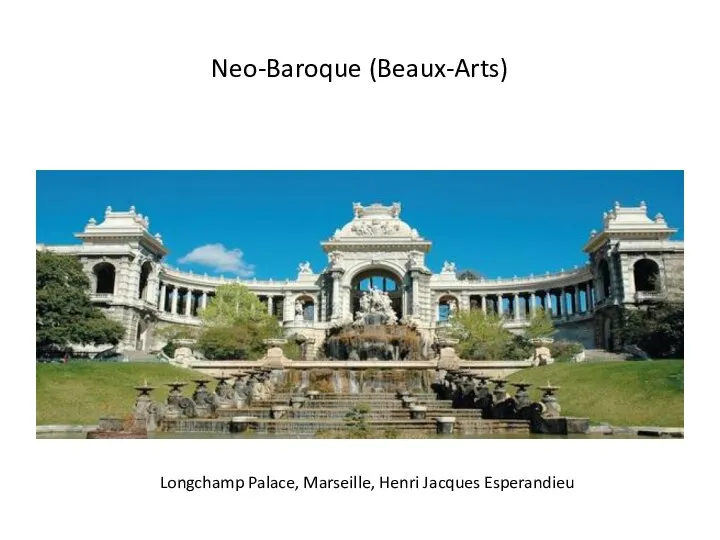
Слайд 12Arched openings and doors
Classic architectural details – balustrades, pilasters
Decorated garlands and cornices
Expressive
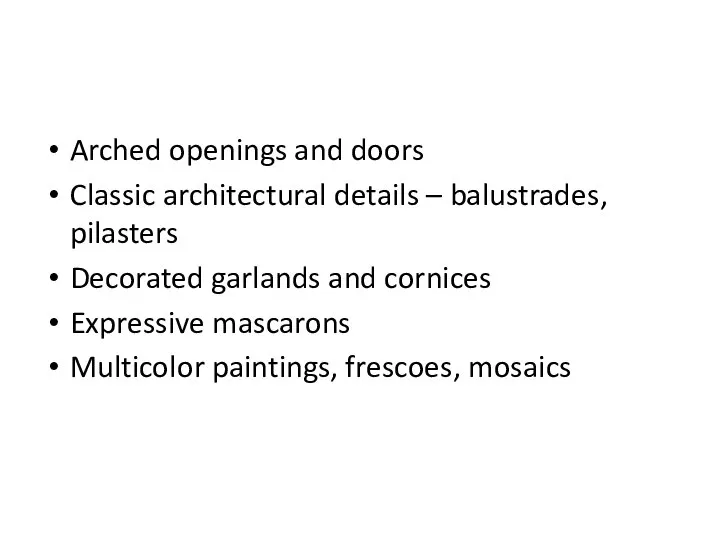
mascarons
Multicolor paintings, frescoes, mosaics
Слайд 13Neo-Gothic (Gothic revival)
City Hall, Vienna
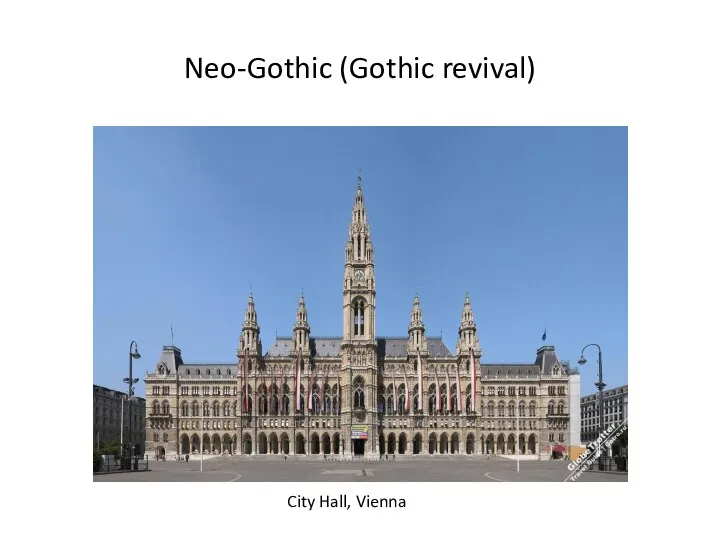
Слайд 14Orientalism
Neo-Byzantine
Neo-Mauritian
Chinoisery

Слайд 15Alexander Nevsky Cathedral, Alexander Pomerantsev, Sofia
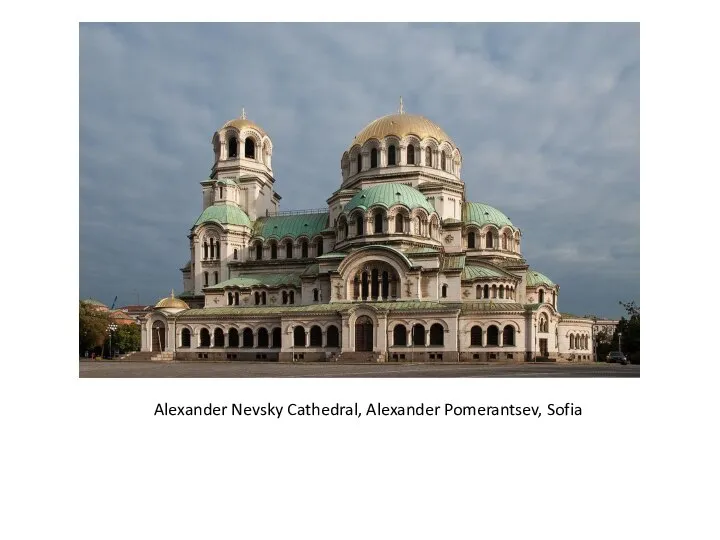
Слайд 17Sir William Chambers’ pagoda, Royal Botanic Gardens, London
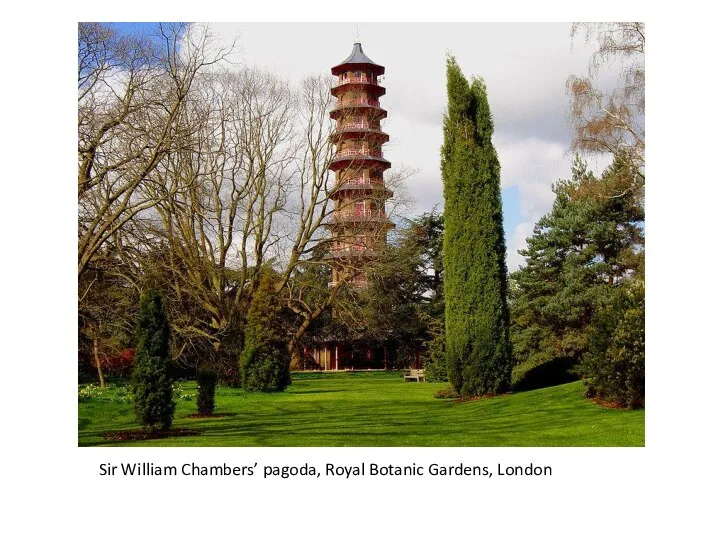














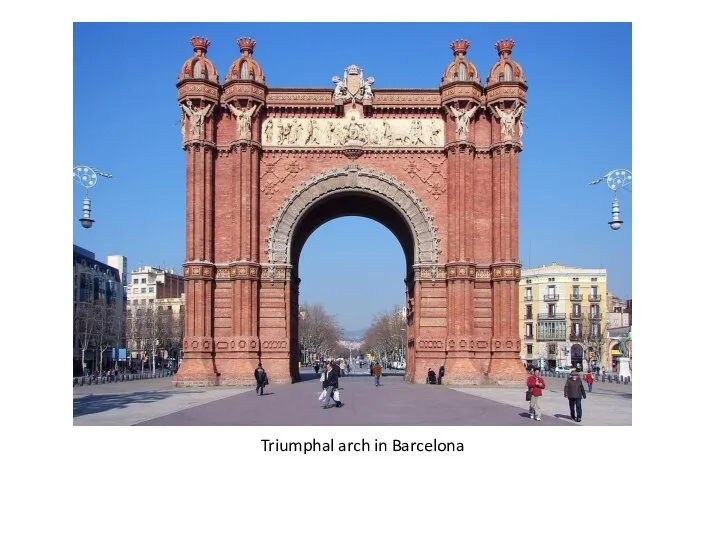

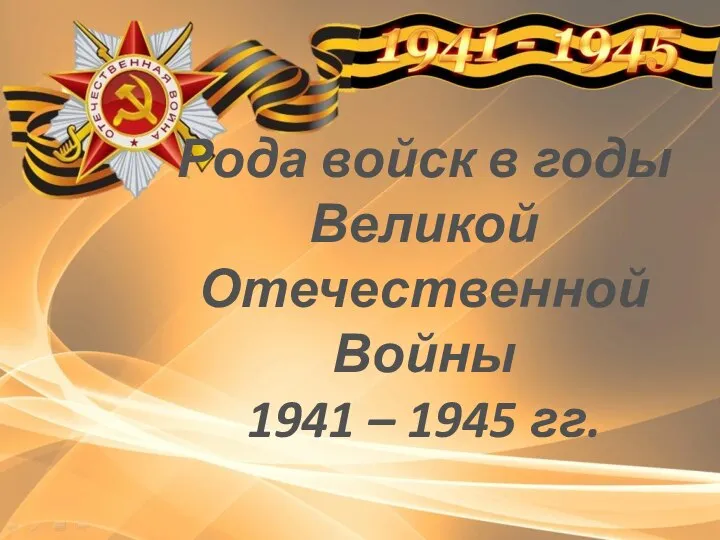 Рода войск в Великой Отечественной войне
Рода войск в Великой Отечественной войне День воинской славы. Жители с. Винницкое - герои Великой Отечественной войны
День воинской славы. Жители с. Винницкое - герои Великой Отечественной войны Презентация Святой Александр Невский_
Презентация Святой Александр Невский_ Обычаи Запорожской Сечи
Обычаи Запорожской Сечи The hero-city of Volgograd
The hero-city of Volgograd История Саратова
История Саратова chudesa_sveta (1)
chudesa_sveta (1) Назад в СССР Как жила молодёжь раньше?
Назад в СССР Как жила молодёжь раньше? Разгром советскими войсками немецко-фашистских войск в Курской битве
Разгром советскими войсками немецко-фашистских войск в Курской битве Смена системы престолонаследия
Смена системы престолонаследия Россия во второй половине XVII века. Церковный раскол XVII века
Россия во второй половине XVII века. Церковный раскол XVII века Историческое происхождение современных вещей
Историческое происхождение современных вещей Русский самобытный стиль XVI-XVII века
Русский самобытный стиль XVI-XVII века Внешняя политика России во второй половине XVI века. Отношения с Западной Европой. Ливонская война
Внешняя политика России во второй половине XVI века. Отношения с Западной Европой. Ливонская война Северная война 1700-1721 годов
Северная война 1700-1721 годов Урок Памяти
Урок Памяти Презентация на тему Живые Боги. Правители древних государств.
Презентация на тему Живые Боги. Правители древних государств.  Н.А. Назарбаев – личность в истории. Лекция № 14
Н.А. Назарбаев – личность в истории. Лекция № 14 Виникнення архівів в часи Середньовіччя
Виникнення архівів в часи Середньовіччя О том, что было не забудем
О том, что было не забудем Русская Правда – памятник периода раннефеодальной монархии
Русская Правда – памятник периода раннефеодальной монархии Корейская война
Корейская война Презентация на тему От традиционного общества к обществу индустриальному
Презентация на тему От традиционного общества к обществу индустриальному  История детского движения в России
История детского движения в России Ранняя республика. Борьба патрициев и плебеев
Ранняя республика. Борьба патрициев и плебеев Мой прадед Куртенок Григорий Иванович на Великой Отечественной войне. Березюк Олег
Мой прадед Куртенок Григорий Иванович на Великой Отечественной войне. Березюк Олег Введение в курс Новейшей истории стран Европы и Америки
Введение в курс Новейшей истории стран Европы и Америки Оружейная палата
Оружейная палата